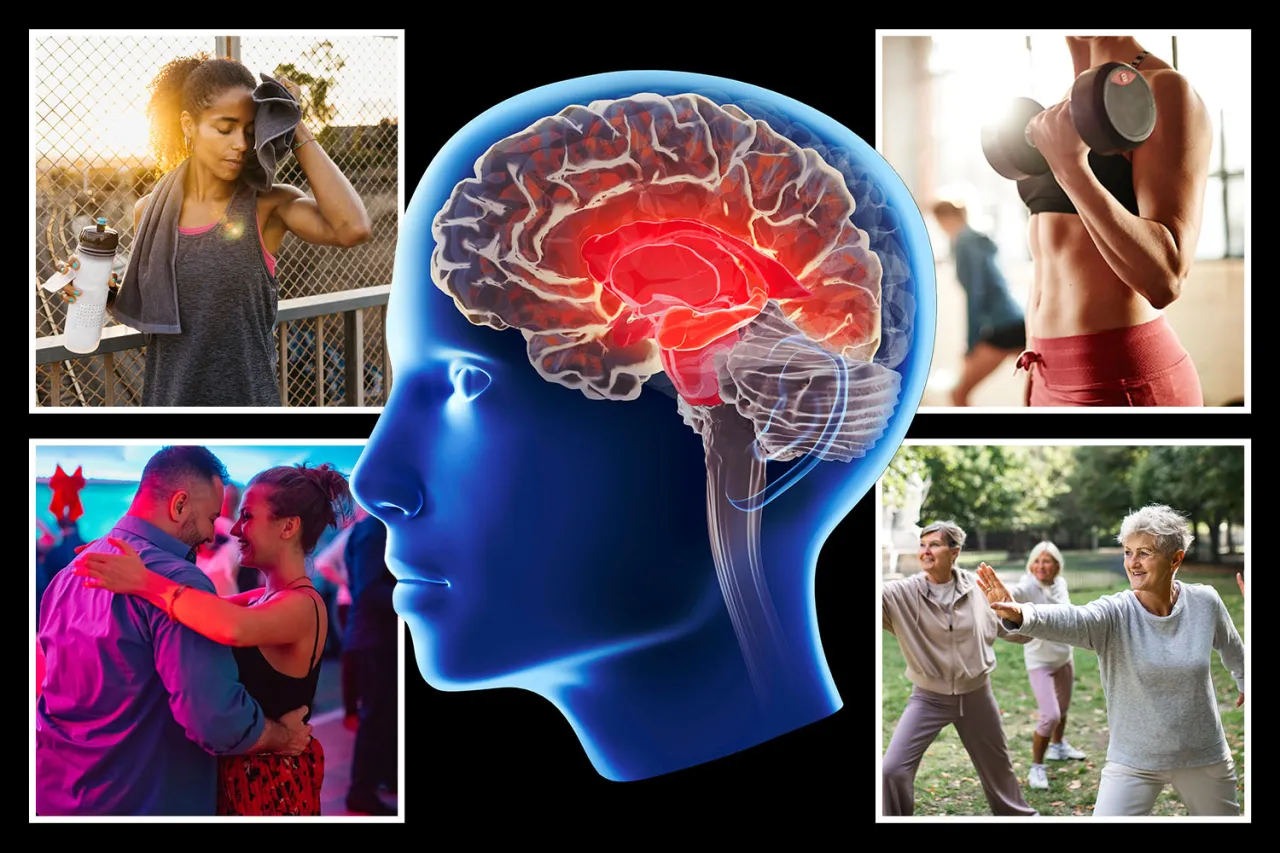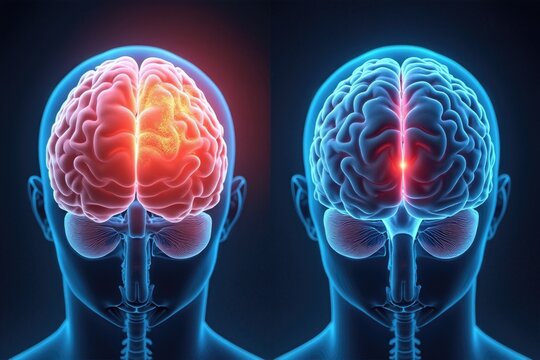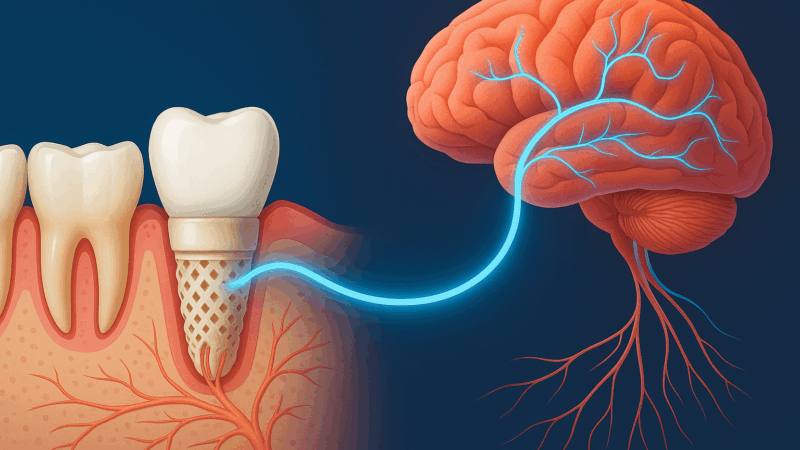How Facial Massage Could Help Combat Alzheimer’s

A Gentle Touch That Cleans the Brain: How Facial Massage Could Help Combat Alzheimer’s
Emerging evidence suggests that something as simple as a light massage of the face and neck may one day join the front line in the fight against neurodegenerative disease.
In a pair of landmark papers published this month, researchers mapped a previously unknown network of lymphatic vessels just beneath the facial skin and showed that stimulating those vessels can turbo-charge the brain’s waste-clearance system.

A newly discovered drainage highway
Using fluorescent tracers in genetically engineered mice and in rhesus monkeys, scientists at the Institute for Basic Science (South Korea) traced cerebrospinal fluid (CSF) as it left the skull. They found that, after exiting meningeal lymphatics at the base of the brain, the fluid flows through an intricate lattice of lymphatics in the eyelids, nose, hard palate and—critically—a sheath of vessels only millimetres below the facial surface. From there it drains into submandibular lymph nodes in the neck.

Tripling waste outflow with a handheld “stroker”
Because these superficial lymphatics lie so close to the skin, the team wondered whether they could be coaxed into moving CSF faster. A force-regulated massage device, programmed to deliver tiny, rhythmic strokes to the cheeks and neck, more than doubled—sometimes nearly tripled—CSF drainage in young adult mice. In 18-month-old mice (roughly a 65-year-old human), the stimulation restored sluggish flow to youthful levels, reversing the age-related decline in waste clearance.
Why brain housekeeping matters
CSF acts as the brain’s dishwasher, flushing away metabolites and toxic proteins such as amyloid-β and tau. When that rinse cycle slows with age, debris accumulates and sparks inflammation—hallmarks of Alzheimer’s, Parkinson’s and other dementias. By accelerating CSF turnover without drugs or surgery, mechanical lymphatic stimulation offers a tantalising, side-effect-free strategy for keeping the brain clean.

First hints that humans share the pathway
High-resolution imaging of human cadaver heads revealed identical lymphatic channels running just under the skin, suggesting the same shortcut exists in people. The next step is already under way: researchers are testing the massage protocol in Alzheimer-prone transgenic mice; if results hold, limited human safety trials could follow within two years.
Cautions and outlook
-
Translatability: Mouse skulls are thin and flexible; human anatomy may dampen the effect.
-
Dose & timing: Optimal pressure, stroke length and daily “treatment” time remain to be defined.
-
Long-term effects: No data yet show whether chronic stimulation can actually slow cognitive decline.
Still, experts unaffiliated with the study call the work “a potential game-changer,” noting that it dovetails with rising interest in sleep, glymphatic flow and other non-pharmacological ways to protect the ageing brain.
“If this holds up in humans, we may one day visit a clinic—or even use a home device—to give our brains the equivalent of a daily rinse cycle,” says neuro-immunologist Dr. Lena Ortiz of Stanford University.
The bottom line
A gentle facial massage might do more than relax facial muscles; it could unleash a hidden plumbing system that keeps neural circuits clear of toxic sludge. While rigorous clinical trials are still ahead, the discovery opens an unexpected, remarkably low-tech path toward drug-free brain health.


